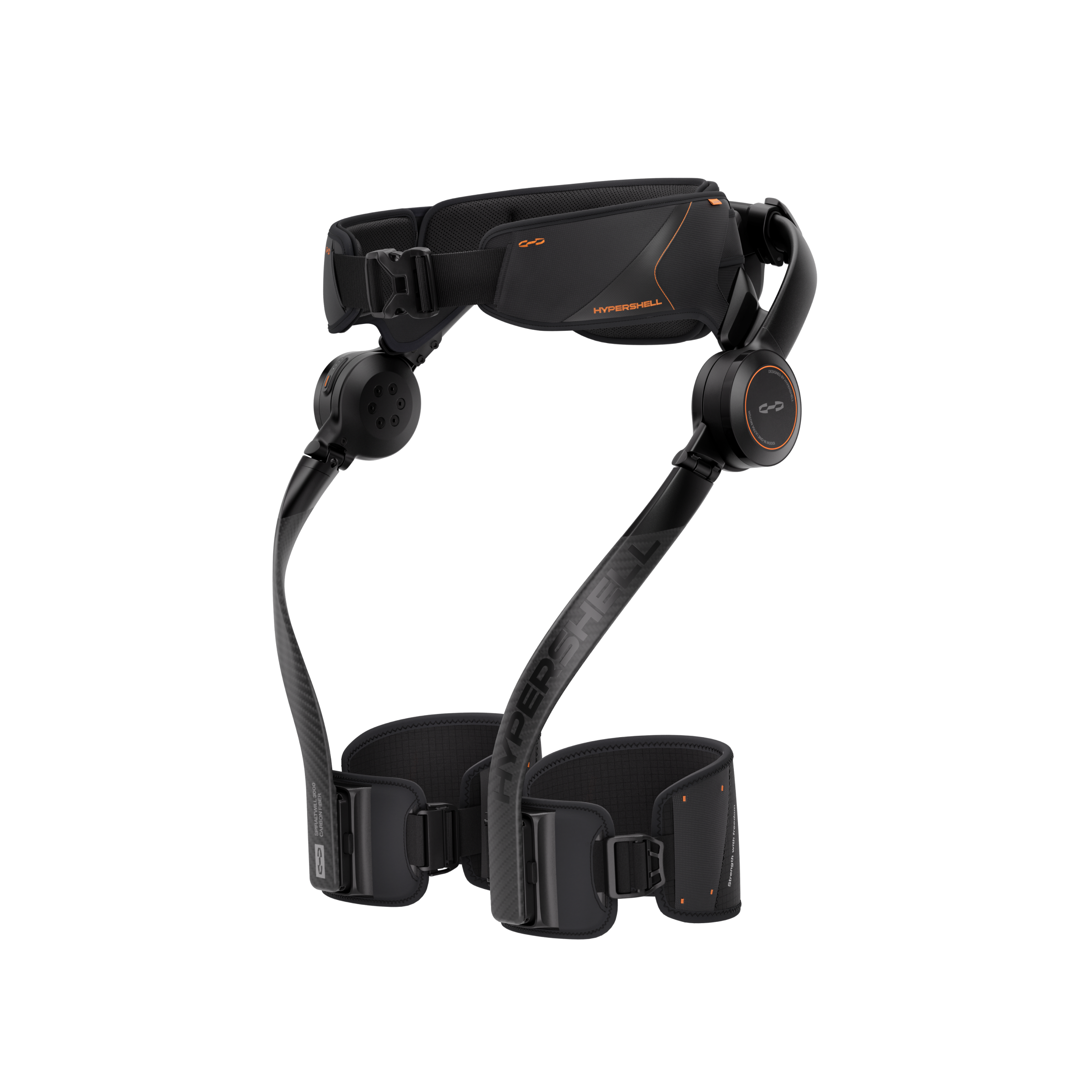Will future mobility be augmented? We don the new Hypershell X Ultra Exoskeleton to find out
Exoskeletons are already widely used in an industrial context. Hypershell believes there’s a market for a leisure version that makes light work of long hikes
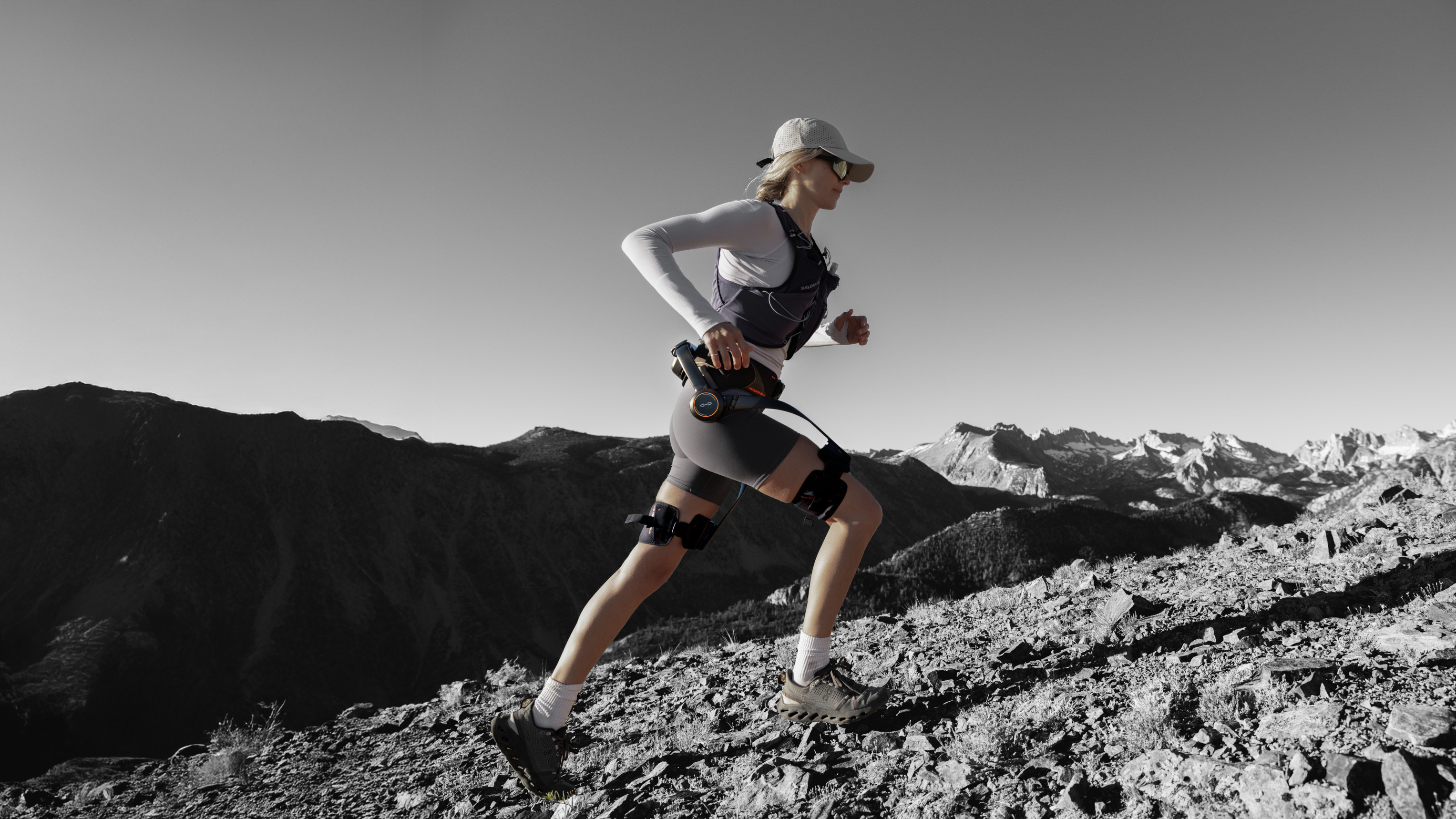
The Olympic motto of ‘Faster, Higher, Stronger’ probably never envisaged athletes wearing an exoskeleton that boosted their capabilities. And while it’s not exactly the vision of Chinese company Hypershell to turn its customers into Iron Men – of the Marvel variety – as makers of the most advanced consumer exoskeleton to date, it does aim to at least make you feel stronger for longer.

Hypershell X Ultra Exoskeleton in use
The company’s X Ultra device is worn strapped around the waist: a battery-powered motor at each hip, linked by a carbon fibre and titanium alloy armature to a fastening fitted just above each knee, responds to input from sensors/algorithms to push or lift your leg forward with less effort than required by human power alone.
While the 1.8kg X Ultra – the most advanced of a line of Hypershell products, and at £1,599 the most expensive – does not make you move faster, the company claims that independent testing shows it gives a 20% reduction in physical exertion when walking and a 39% reduction when cycling.
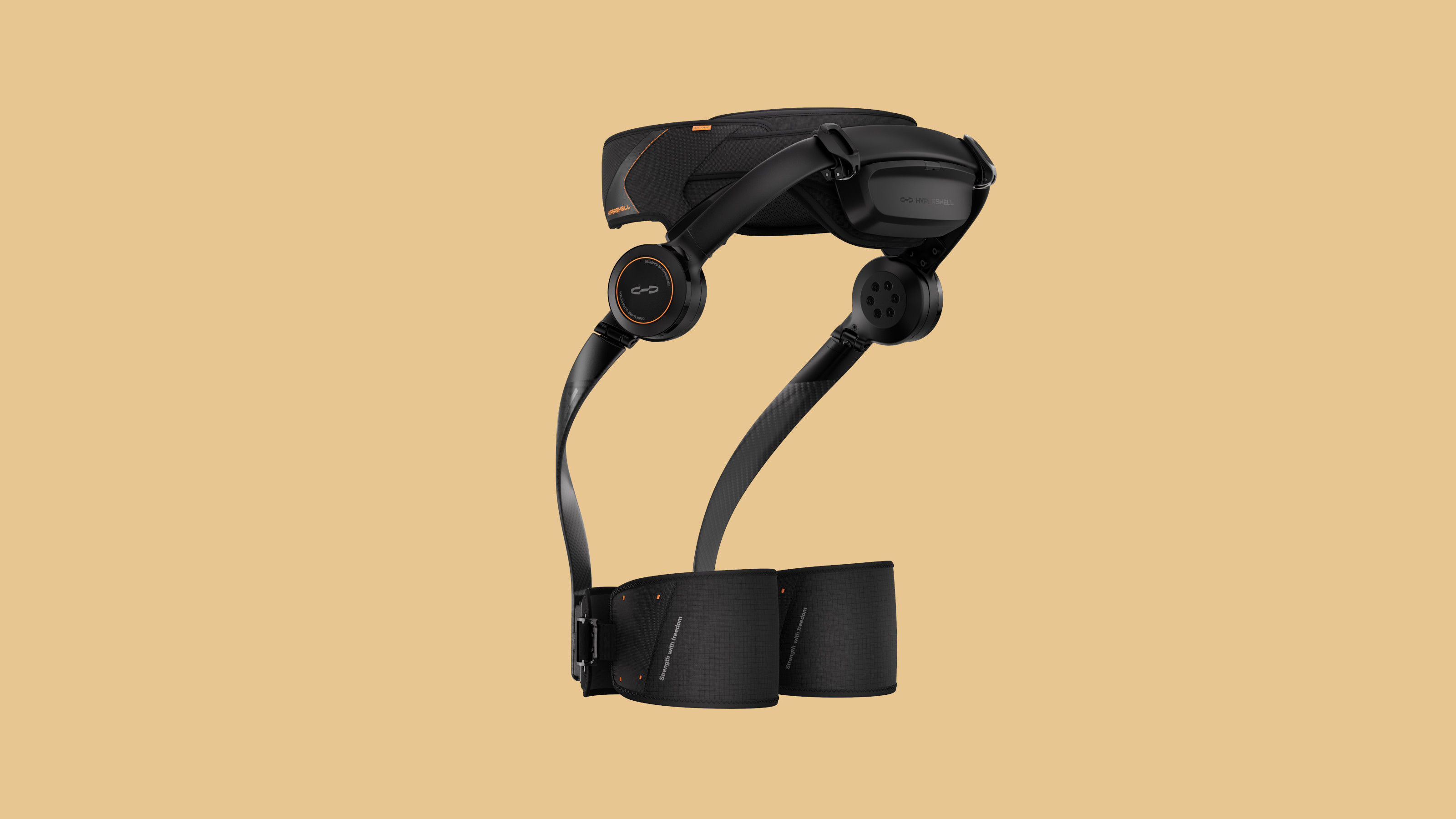
Hypershell X Ultra Exoskeleton
Hypershell sees the market for the X Ultra being two-fold: for enthusiastic walkers, who want to sustain their time spent in the great outdoors, and those who – through some mobility issue – would benefit from the assistance. The company does, however, stress that it is not a medical device, unlike other exoskeletons used in physiotherapy.
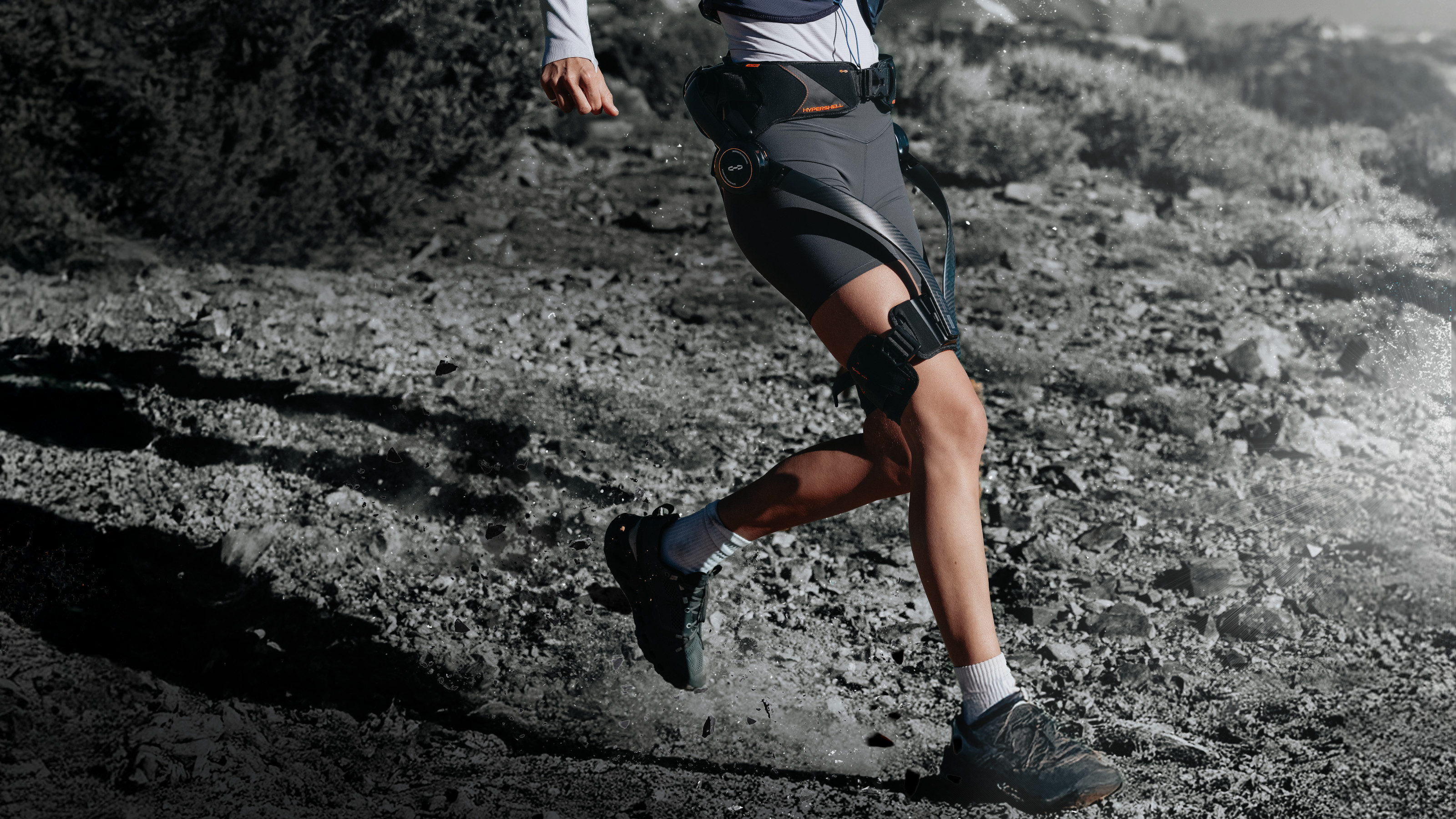
Hypershell X Ultra Exoskeleton
Kent Xu, head of brand for Hypershell, argues that while the company’s development of the right tech has made the X Ultra possible – not least of compact 1000w motors with an impressive torque-for-weight ratio – its message is less one of gadgetry so much as advocating for exoskeletons’ lifestyle benefits.
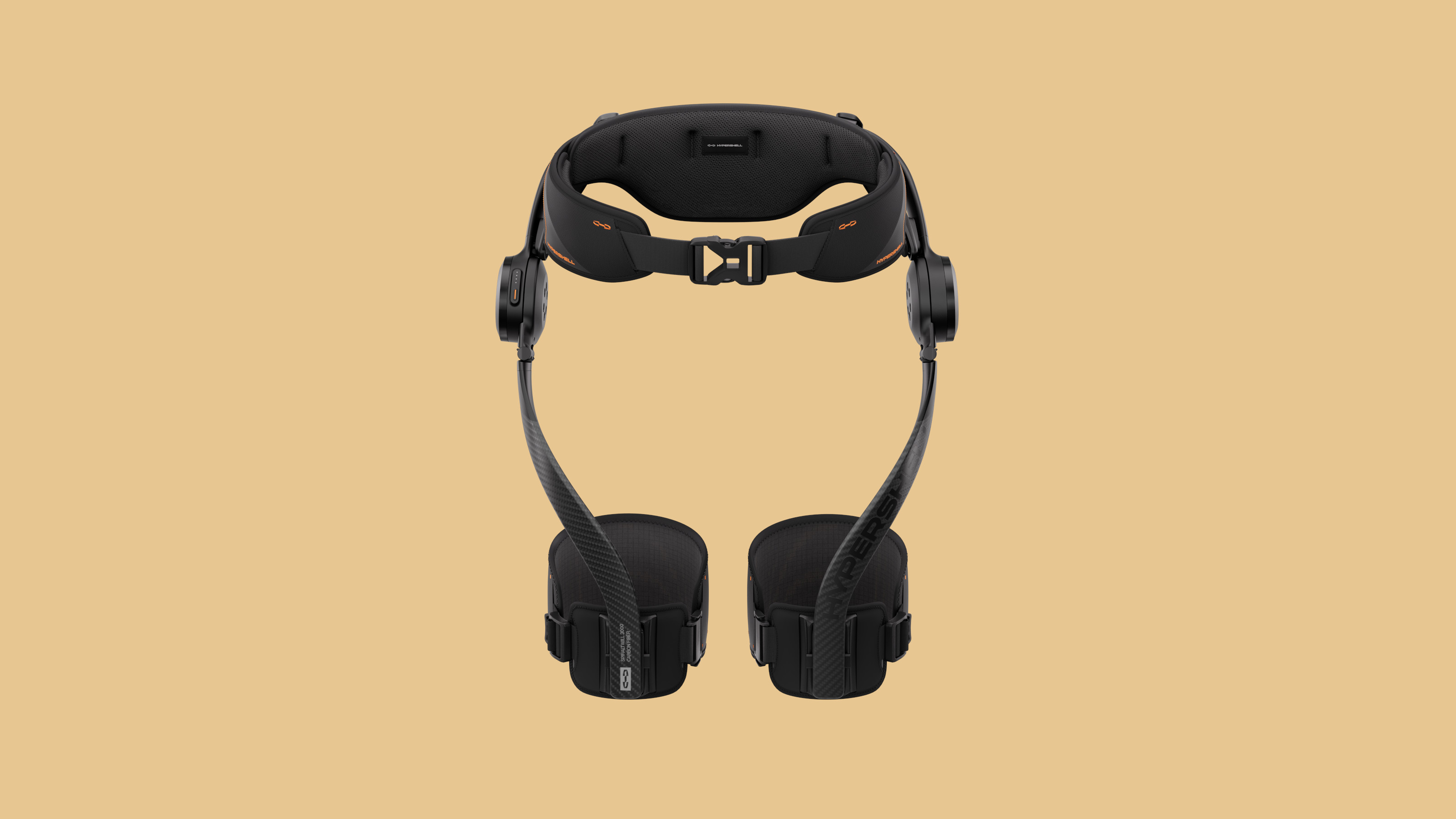
Hypershell X Ultra Exoskeleton
‘It’s about bringing people more confidence, that they can walk further, or that they can [walk as they used to] if they now tire easily or have any pains,’ he says. ‘The big challenge for us is that people may have heard of exoskeletons in an industrial or medical setting but the idea [of a leisure version] is still very new to most. They have no idea what it would be like to use or what benefit it would bring.’

Hypershell X Ultra Exoskeleton in use
Xu argues that the market for consumer exoskeletons is currently akin to the first e-bikes – initially considered oddities but increasingly appreciated for the blend of performance and recreation that they offer and now expected to be a $50bn a year market by the end of the decade. It’s just a matter of time before the wearing of exoskeletons – as strange as they look – will be normalised too.
Receive our daily digest of inspiration, escapism and design stories from around the world direct to your inbox.
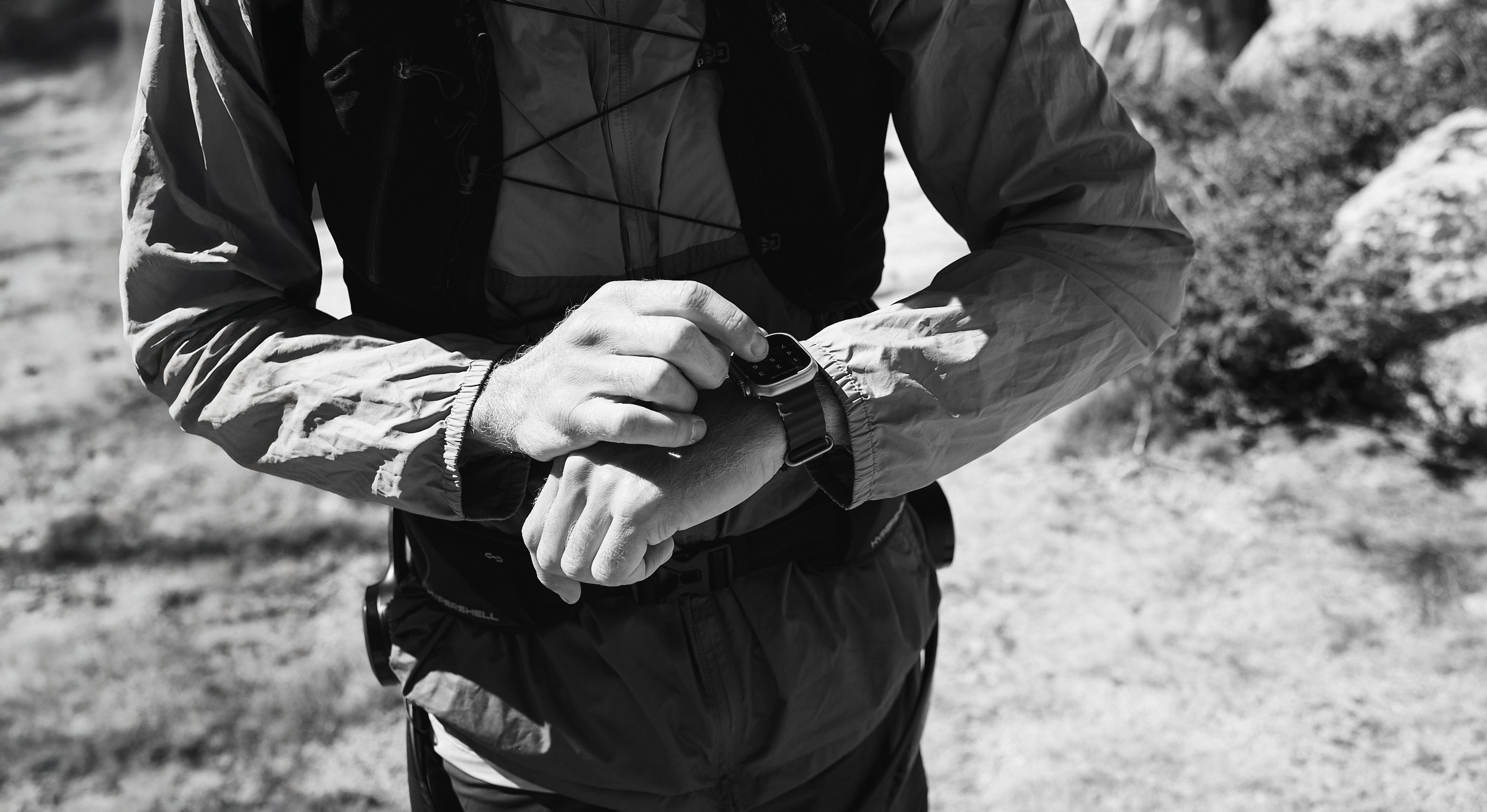
The Hypershell X Ultra Exoskeleton is compatible with the Apple Watch
That said, he concedes that aesthetics will be an important part of the success of the X Ultra – some 15,000 units of which have been sold since the start of this year - not least because 'consumer exoskeletons are such a new category [of wearable tech] that people are going to look at anyone wearing one. We don’t want wearers to feel weird, so a functional elegance to the design is important'. The answer? A product with the right touch of Bondian Q department cool about it.
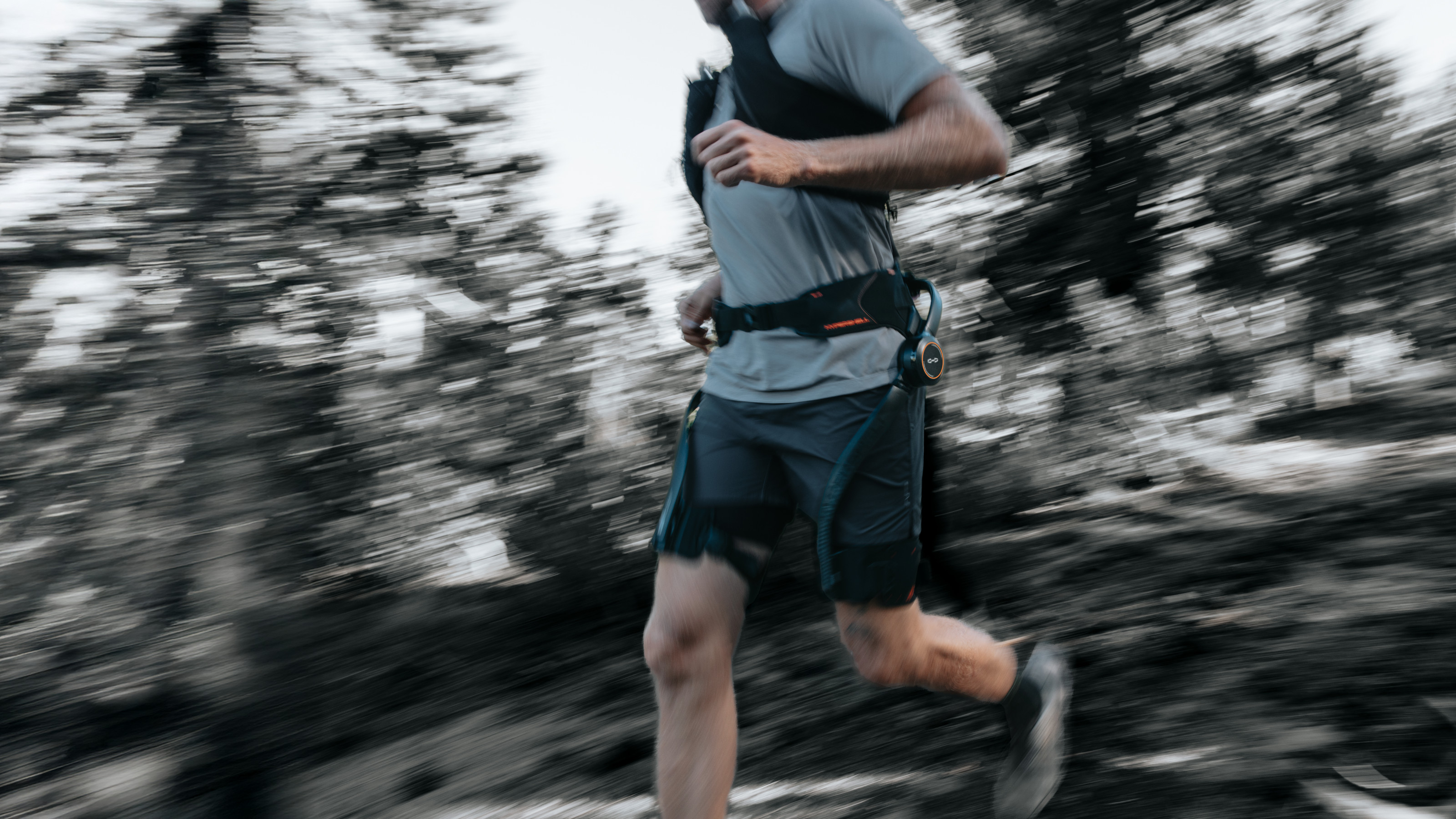
The Hypershell X Ultra Exoskeleton in use
Improvements are planned with future versions of Hypershell’s exoskeleton, including extended battery life - the company claims around 30km per battery in the device’s standard ‘eco’ mode, though this is considerably reduced in its most powerful ‘hyper’ mode – and plans for a lighter-weight, breathable 3D printed cushioning, currently in development. The device also has a ‘fitness’ mode that actively resists movement - for those who want to make walking a bit harder.
Josh Sims is a journalist contributing to the likes of The Times, Esquire and the BBC. He's the author of many books on style, including Retro Watches (Thames & Hudson).
-
 Lee Broom reimagines the Christmas tree at Mandarin Oriental Mayfair
Lee Broom reimagines the Christmas tree at Mandarin Oriental MayfairThe London hotel unveils an inventive take on the festive tradition – with absolutely no needles
-
 A Brasília apartment harnesses the power of optical illusion
A Brasília apartment harnesses the power of optical illusionCoDa Arquitetura’s Moiré apartment in the Brazilian capital uses smart materials to create visual contrast and an artful welcome
-
 RIBA reveals the first pair of shortlisted structures for the House of the Year 2025
RIBA reveals the first pair of shortlisted structures for the House of the Year 2025Six practices are up for the award, which will be announced on Grand Designs in December. The first two houses, by Izat Arundell and Hugh Strange Architects are previewed below
